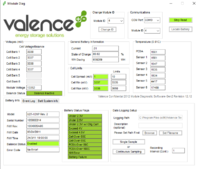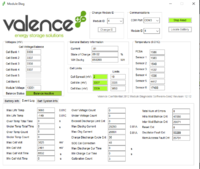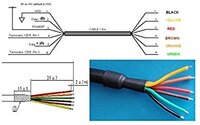I think you’ve misconstrued my previous post,Thanks for the feedback.
Yes, I do agree it is not 'fail safe' in its mode of operation and I did seriously consider using the 'NO' contacts on the relays (87 instead of 87a) and using the 'Invert relay' setting in the app. The disadvantage of not having any charging due to a fault condition as you described is more of a disadvantage to me than a failsafe on low temperature monitoring which I am unsure how often will actually be activated when the camper is in attended use during B2B and mains hook up charging. Also, there would be a continuous drain on the battery as the relays would normally be energised.
My 24/7 unattended charging is via the solar charge controller which has its own built in cut-off protection. If this were not the case, I would definitely have gone the fail safe configuration route.
I will monitor it and see how often the Low Temperature Disconnect (LTD) is active this winter before changing it. It is easily changed over (as described above) to give fail safe operation for those who are concerned or have other uncontrolled charging sources.
1.Even if you used the NC contact on the bmv its still not fail safe.A safety circuit is always closed loop for a reason!....to fail safe.the way you’ve outlined it in your schematic is not a safety circuit.
2.you can potentially still have charging due to a possible fault condition,........but you Quoted this could be a disadvantage?.
3.if the safety circuit Is correct,then there would be no current drain Whilst the relays are energised!,as the current consumption for the relays would be provided by the ehu charger and the alternator respectively during operation!, you need to be switching the relay negatives and not the positives as the trigger control.






